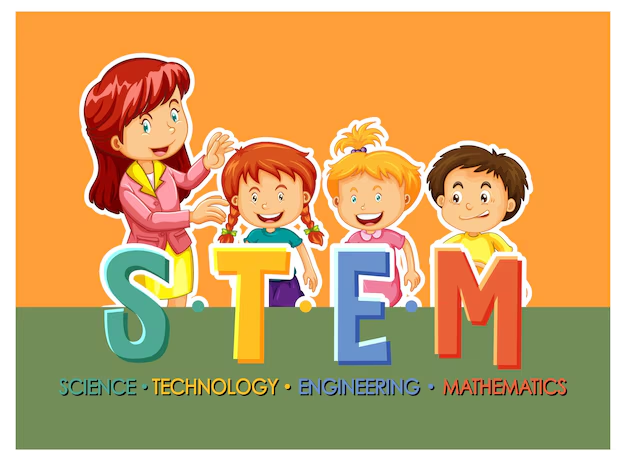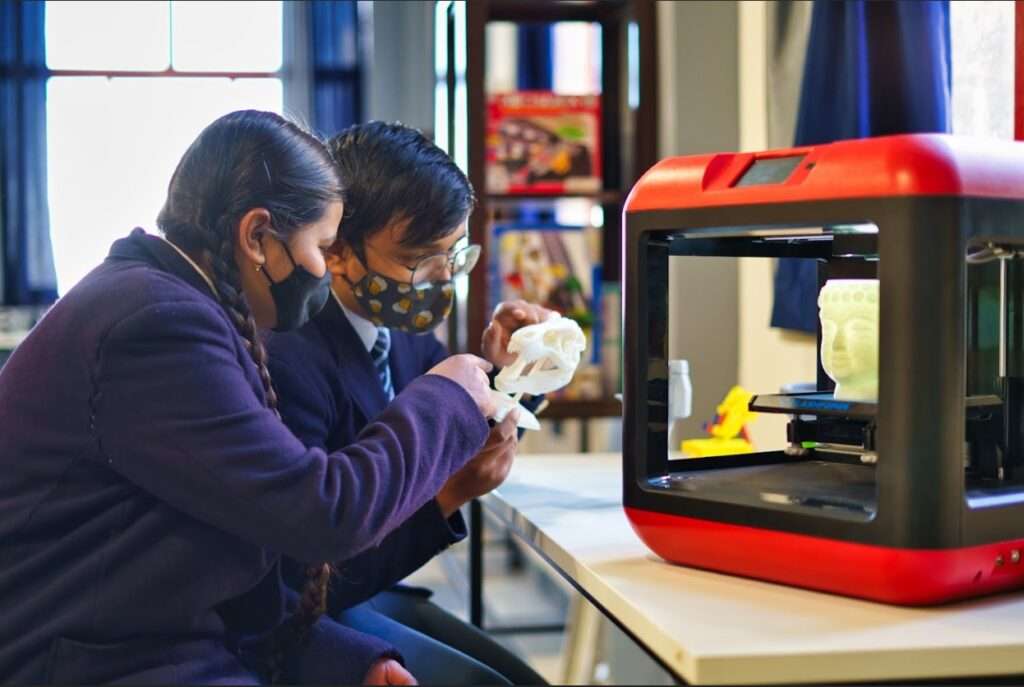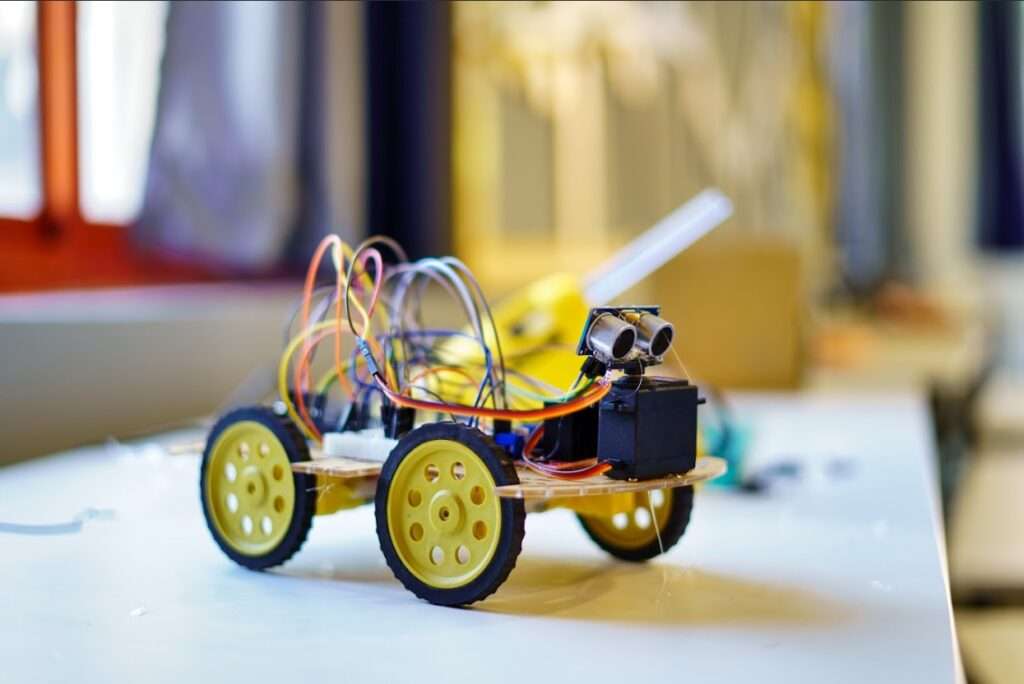In a bustling classroom filled with eager minds, Mrs. Johnson, a seasoned STEM teacher, noticed something intriguing. Despite having all the right tools and materials, her students often struggled with complex problems. They could follow instructions and memorize formulas, but when faced with real-world challenges, many were stuck. That’s when Mrs. Johnson decided to shift her focus not just on teaching STEM (Science, Technology, Engineering, and Mathematics) concepts but also on fostering critical thinking. This simple change had a profound impact on her students, transforming how they approached learning and problem-solving. The capacity to think in a clear, logical, and independent manner is known as critical thinking. It involves questioning assumptions, evaluating evidence, and making informed decisions. In STEM learning, where creativity and innovation are essential, critical thinking becomes the cornerstone for success.
For kids, developing these skills early on is crucial. STEM subjects are not just about learning facts and figures; they are about understanding the world, solving problems, and making decisions based on unbiased analysis. By integrating critical thinking into STEM education, children learn to approach problems logically, consider multiple perspectives, and arrive at solutions that are both innovative and practical.
Why Critical Thinking Matters in STEM
- Enhances Cognitive Skills:
- When kids engage in critical thinking, they sharpen their cognitive skills the mental processes used to gain knowledge and understanding. This includes memory, attention, problem-solving, and decision-making. These skills are essential in STEM fields, where students must process complex information, draw connections between ideas, and apply their knowledge in new ways.
- Promotes Unbiased Analysis and Objective Truth:
In STEM, it’s vital to base conclusions on evidence rather than opinions or biases. Critical thinking encourages students to evaluate data critically, question sources, and strive for objective truth. This habit of mind ensures that their solutions are grounded, not just assumptions.
- Improves Decision-Making:
STEM education often requires students to make decisions, whether it’s choosing the best materials for a project or determining the most efficient way to solve a problem. Critical thinking helps them weigh their options carefully, consider the consequences, and make informed choices. This is particularly important in fields like engineering and technology, where decisions can have significant impacts.
The Impact of Critical Thinking in K-12 Classrooms
Integrating critical thinking into STEM education doesn’t just prepare students for future careers; it also enhances their overall academic performance. According to a study published in the Journal of Educational Psychology, students who develop strong critical thinking skills in elementary and middle school perform better in both STEM and non-STEM subjects throughout their academic careers.
Moreover, schools that emphasize critical thinking in their K-12 classrooms see higher levels of student engagement and motivation. When students are encouraged to think critically, they take ownership of their learning, becoming more curious and eager to explore new ideas. This not only makes learning more enjoyable but also prepares them for the challenges of higher education and the workforce.
Essential Assessments in STEM Education
Assessing critical thinking in STEM education is not just about testing students’ knowledge of facts. Instead, it involves evaluating their ability to analyze information, solve problems, and make decisions. Essential assessments in STEM should focus on this higher order thinking skills, ensuring that students are not just memorizing information but are also able to apply it effectively.
How to Foster Critical Thinking in STEM Learning
If you’re a parent or educator, there are several strategies you can use to promote critical thinking in STEM education:
- Encourage Questions: Promote a classroom environment where students feel comfortable asking questions and exploring new ideas.
- Use Real-World Problems: Give students challenges that require them to apply their STEM knowledge to real-world situations, encouraging unbiased analysis and problem-solving.
- Promote Collaboration: Group activities and discussions can help students see different perspectives, enhancing their critical thinking and decision-making skills.
- Incorporate Technology: Tools like coding platforms, robotics kits, and simulation software can provide interactive experiences that develop cognitive skills while reinforcing STEM concepts.
Prepare Your child Now
Prepare your child for the future by nurturing their critical thinking skills in STEM education. Enroll now and give them the tools they need to succeed in a world driven by innovation and technology!















